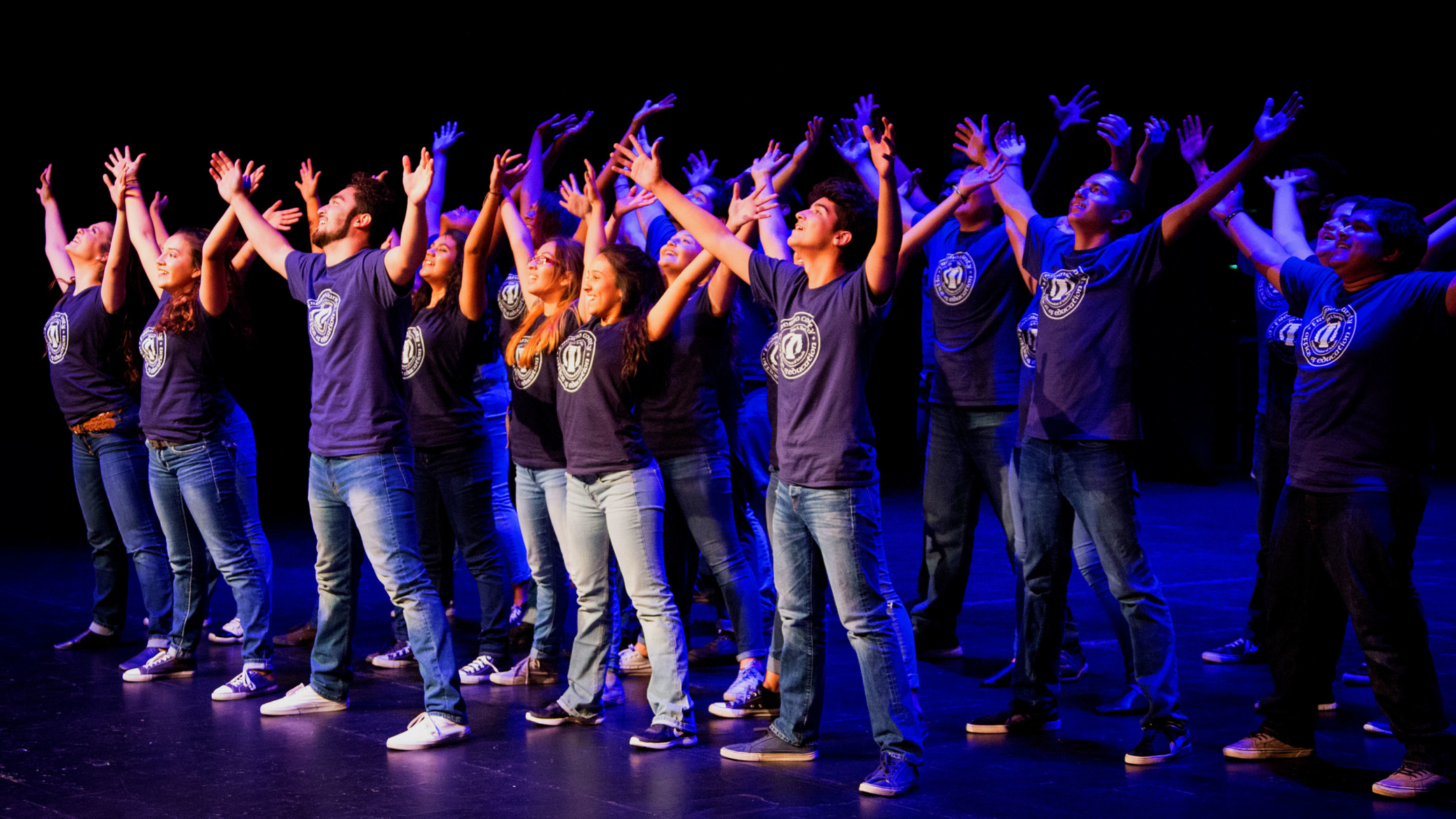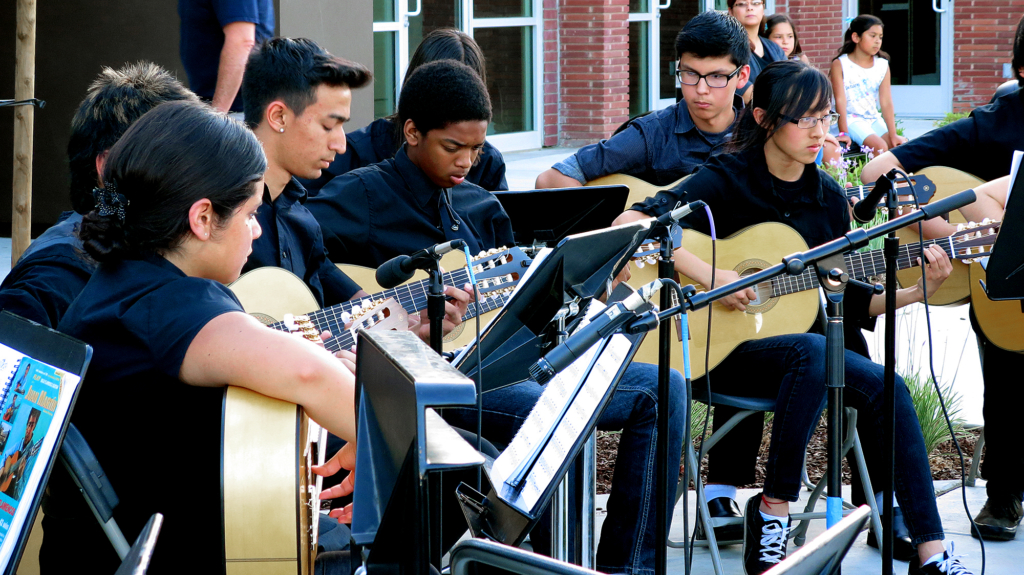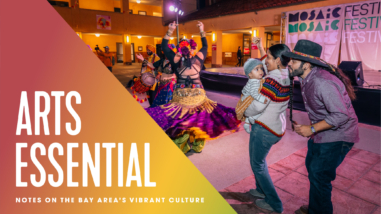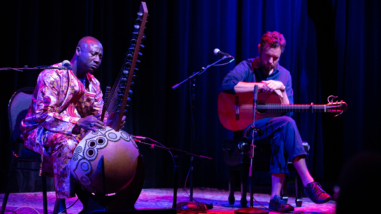Building a thriving arts business coalition in Fresno County

Like many areas in California, Fresno County — which ranges from the urban bustle and sprawl of the state’s fifth most populous city to the rural remoteness of a sprinkling of small agricultural-based towns — saw funding for arts education in the schools drastically cut in the past generation. As No Child Left Behind became the battle cry and more time than ever in the instructional day was devoted to standardized testing, the arts in many public schools became scarce over the past 20 years. One rural school district, based in the town of Caruthers, was known for its strong music program. In the late 1990s, that program was cut entirely — even its well-known marching band.
The rest of the state was hit hard, too. But Fresno is poorer and less culturally connected than the wealthier coastal areas. If students weren’t exposed to the arts in schools, they probably weren’t getting that exposure anywhere.
In the last few years, a group of business leaders started pushing back. In a remarkable example of the private and public sectors coming together, a partnership between the business community and educational leaders was founded as an incubator program called the Arts Business Coalition. That group morphed into the SPARK! adopt-a-school program, in which local businesses and individuals can sponsor arts education in a single elementary school.
The coalition also attracted the attention of the William and Flora Hewlett Foundation, which supports performing arts organizations in the San Francisco Bay Area. About a decade ago, because of the key role California’s government plays in setting education policy, the foundation expanded its focus to make selective investments in arts education statewide.
To date the project has brought music programs, integrated arts and dance, performing arts, and other experiences to 16 high-needs Fresno County schools, thanks to more than $180,000 collected from local companies and individuals. While there are some pockets of healthy arts education in the county, many school districts struggle. From providing recorders and instruction for all the third graders at Mendota’s McCabe Elementary School to a grant for all 630 students at Fresno’s Aynesworth Elementary School to be instructed in folk dance and the visual arts, there’s a concerted effort to support schools that need extra catch-up when it comes to arts education.
In the process, Fresno County has become a leader in the idea that business needs arts education.
For business leaders, SPARK! is a no-brainer
The program gets funding from people like Soberal, whose company moved into a tired downtown building that largely sat empty for 50 years and transformed it into a hub of technology and the arts, including a nearly 200-seat theater space and plenty of gallery space. Kaye Bonner Cummings, whose family foundation has brought theater and music to inner-city schools for years, and who follows her parents’ beliefs that business leaders should reinvest a portion of their profits in their local communities, hopped on board. Dora Westerlund, a former child ballerina who will never quite shake the music of “Swan Lake” running through her head, is now CEO of the Fresno Area Hispanic Foundation and a strong SPARK! supporter.
And there’s Darius Assemi, president of Granville Homes and a prominent player in the local development scene, who helped start the program with an initial $100,000 investment in 2013. He says we need to be thinking about 20 and 30 years in the future, not just two years down the road for short-term gain.
For Assemi and the others, this interest in beefing up arts in the schools isn’t part of some vague altruism celebrating cultural achievement as the vaunted pinnacle of the human condition. That might be true in some people’s eyes, but talk in the business community is much more pragmatic.
It’s about jobs. It’s about building a skilled workforce attractive to companies either starting up or looking to relocate to the area. It’s about preparing young people for employment in a rapidly changing technological world.
Soberal, who found his artistic passion in writing, is blunt. “This idea that art is philanthropy is completely bunk,” he said. “Virtually every career is amplified by some sort of arts training or experience. It’s much too narrow a view of the world to suggest that art doesn’t have a commercial outcome beyond, say, selling a painting. I think it’s a critical foundational skill to expand our workforce.”

An investment in a better economic future
The arts-business coalition that morphed into SPARK! was initially the result of a friendship between Assemi and Bob Bullwinkel, now retired as the visual and performing arts coordinator for the Fresno County Office of Education. Assemi told Bullwinkel about his inability to hire great talent locally. The former high school choral conductor told him that one of the likely reasons was that a generation of students, particularly in the county’s less well-funded school districts, had seen their access to arts education simply vanish.
Assemi, who is known in the community for his charitable giving, didn’t need much convincing. “Arts education triggers the cognitive skills in your brain: your creative skills, your problem-solving skills, your unorthodox thinking,” Assemi said. “I need people with those problem-solving skills. Not just people who can take this item here, move it here, add something to it. That is being replaced by robots and artificial intelligence. I remind my team: If you don’t have problem-solving skills and cognitive abilities, you’re going to get replaced by software.”
Cummings, whose grandfather started the Bonner Packing Company in 1890, remembers that the combination of Bullwinkel and Assemi was an important spark in what was to become SPARK! … so to speak.
“Darius is a business leader who can get a lot of people involved,” she said. That includes getting support from non-locally headquartered corporations, such as Wells Fargo and PG&E.
The Hewlett Foundation, which made an initial grant of $100,000 to the program, found it so compelling that it recently awarded a second grant of $180,000.
“We consider Fresno to be a catalyst county for arts education in the region,” says Jessica Mele, program officer for Performing Arts at the foundation. “The work that has happened there is a model that has inspired other counties to invest in the arts. We wanted to make sure that SPARK! has enough support to reach every child and every school in Fresno County. It is not a short-term, quick results kind of project.”
Fresno County’s education office has used the funds to invest in the SPARK! website to increase its reach and develop a fundraising strategy.
“Now the website is really our chief marketing campaign to change the perception about what an arts education represents,” said Michele Cantwell-Copher, executive director of the Foundation @ FCOE.
Gary Janzen, who runs a Fresno marketing firm, wants to push the website and its tagline — “The arts mean business” — through digital banner ads, television spots and other outreach to business leaders.
It can be a tough sell, though, in an area of the state that lags behind coastal areas in terms of income, higher education and employment. While Fresno’s economy has been bouncing back in recent years, there are still deep scars from the Great Recession, which claimed one of the county’s two major museums when the Fresno Metropolitan Museum closed its doors in 2010. That left the Fresno Art Museum to hang on by a tender thread. The Fresno Philharmonic, the city’s strongest cultural institution, survived, but it also went into cost-cutting mode.
Few statewide or national companies are headquartered in the county, which can make it harder to attract corporate donations to philanthropic causes. And urban blight in the city of Fresno, as wealthier residents continue to move north, impacts the Fresno Unified School District, one of the biggest in the state.
Janzen cautioned that many people in the central San Joaquin Valley are inclined to think of the arts as a luxury and not a necessity.
“That’s why we search for an edge to make people think, this is a way we can control our own destiny economically if we start early with our kids,” he said. “Instead of waiting for a savior to come in with thousands of jobs, if we can equip our kids with the skills to spur economic development — that is the best thing we can do for our community. It’s being truly self-sufficient.”
SPARK! is an investment in prosperity down the road. “You put an instrument in the hands of a kid or give him a pair of dance shoes, there’s a possibility that one move is going to have an economic development at one point,” Janzen said. “You never know.”




